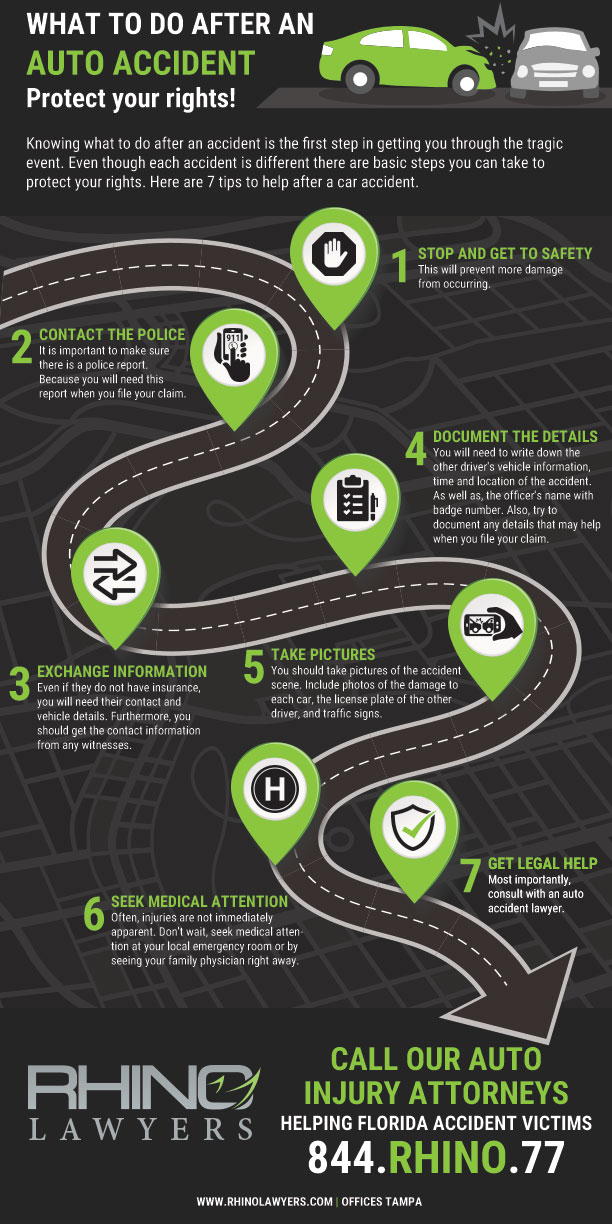We love spending time in our vehicles, but that doesn’t mean we are free of risk. Car accidents are more common than many of us would like to believe.
In fact, car accidents are so common that each one of us is likely to be in at least one accident during our lifetimes.
Sideswipe collisions are one of the most common types of car accidents. They occur when two vehicles on a roadway collide with each other while heading in the same direction. Learning about what a sideswipe collision is can help you know what to look out for, and can help you avoid such dangerous incidents.
What do you need to know about getting sideswiped? What should you learn about what to do after a sideswipe collision? Read on and we’ll walk you through what you need to know.
What is a Sideswipe Collision?
A sideswipe collision is a type of car accident that occurs when two vehicles make contact with each other while traveling the same way, down the same roadway.
This can happen in a variety of ways. One vehicle might drift into another lane, or both of the involved vehicles might attempt to merge into a lane at the same moment.
Sideswipe collisions can range from minor scrapes to severe crashes, depending on the speed and force of the impact. In some cases, sideswipe collisions can also lead to multi-car pileups, especially on highways and freeways where traffic is moving at high speeds.
While these accidents may not create as much direct damage as a head-on collision, they can still be quite dangerous. They can cause vehicles to spin out or push vehicles in the direction of other collisions.
What Leads to Sideswipe Collisions?
How can you best avoid this type of car accident? Understanding what leads to this sort of incident can help you stay alert while on the road, and look out for the signs that might lead to error.
There are many different factors that can contribute to sideswipe collisions. Some of the most common causes include:
- Distracted Driving: Drivers who are distracted by their phones, music, or passengers may not realize that they are drifting into another lane or that another vehicle is merging into the same lane. Distracted driving is a major cause of sideswipe collisions and other types of car accidents.
- Impaired Driving: Drivers who are under the influence of drugs or alcohol may have impaired judgment and may not be able to react quickly enough to avoid a collision. Impaired driving is a serious offense and can lead to severe consequences, including fines, jail time, and license suspension.
- Speeding: Driving too fast can make it difficult to control a vehicle, especially when changing lanes or merging. Speeding also increases the force of impact in the event of a collision, which can lead to more severe injuries and damage.
- Fatigue: Drivers who are tired or drowsy may have slower reaction times and may be more prone to drifting into other lanes. Fatigue is a common problem, especially for drivers who travel long distances or work long hours.
- Poor Road Conditions: Wet or icy roads can make it difficult to maintain control of a vehicle, especially when changing lanes or merging. Poor road conditions can also reduce visibility, making it harder for drivers to see other vehicles on the road.
Reducing the Risk of Sideswipe Collisions
There are several things that drivers can do to reduce the risk of a sideswipe collision. Here are some tips:
- Stay Alert: Drivers should stay alert and focused on the road at all times. Avoid distractions like texting, talking on the phone, or eating while driving. Keep your eyes on the road and be aware of your surroundings.
- Check Your Blind Spots: Before changing lanes or merging, drivers should check their blind spots to make sure that there are no other vehicles nearby. Use your side mirrors and turn your head to check for other vehicles that may be in your blind spots.
- Use Turn Signals: Drivers should use their turn signals to indicate when they are changing lanes or merging. This gives other drivers plenty of warning and helps to avoid confusion. Use your turn signals well in advance of your intended lane change or merge.
- Maintain a Safe Following Distance: Drivers should maintain a safe following distance behind other vehicles to allow for sudden stops or lane changes. A good rule of thumb is to keep at least one car length between you and the vehicle in front of you for every 10 mph you are traveling.
- Slow Down: Drivers should reduce their speed when driving in heavy traffic or in poor weather conditions. This can help to reduce the risk of a collision and give you more time to react if another driver makes a sudden lane change or merge.
- Take a Defensive Driving Course: Taking a defensive driving course can help drivers learn how to anticipate and avoid potential hazards on the road. Defensive driving courses teach drivers how to recognize and respond to dangerous situations, and can be especially helpful for new drivers.
If you heed all of these tips, you can reduce your odds of getting into this kind of accident.
What To Do After a Sideswipe Collision
A sideswipe collision can be a deceptively dangerous accident. The damage done to your vehicle and yourself can be great, even with a small amount of contact between vehicles.
The above information can help you to understand this type of accident and how best to avoid it.
Have you gotten into a sideswipe accident already, and are seeking help with your car accident case? Give us a call anytime for assistance in handling the legalities involved with this type of accident.
CONTACT A TAMPA AUTO ACCIDENT ATTORNEY
In short, after a car accident, you may not know your rights. Above all, don’t struggle through the process alone. Actually, our personal injury team is here to help you with any legal needs you might have regarding your accident.
Lastly, let RHINO Lawyers answer your questions and review the facts of your case with a Free Consultation. So, get started by completing the “Free Instant Case Evaluation” or by calling us any time, day or night, at 844.RHINO.77.




